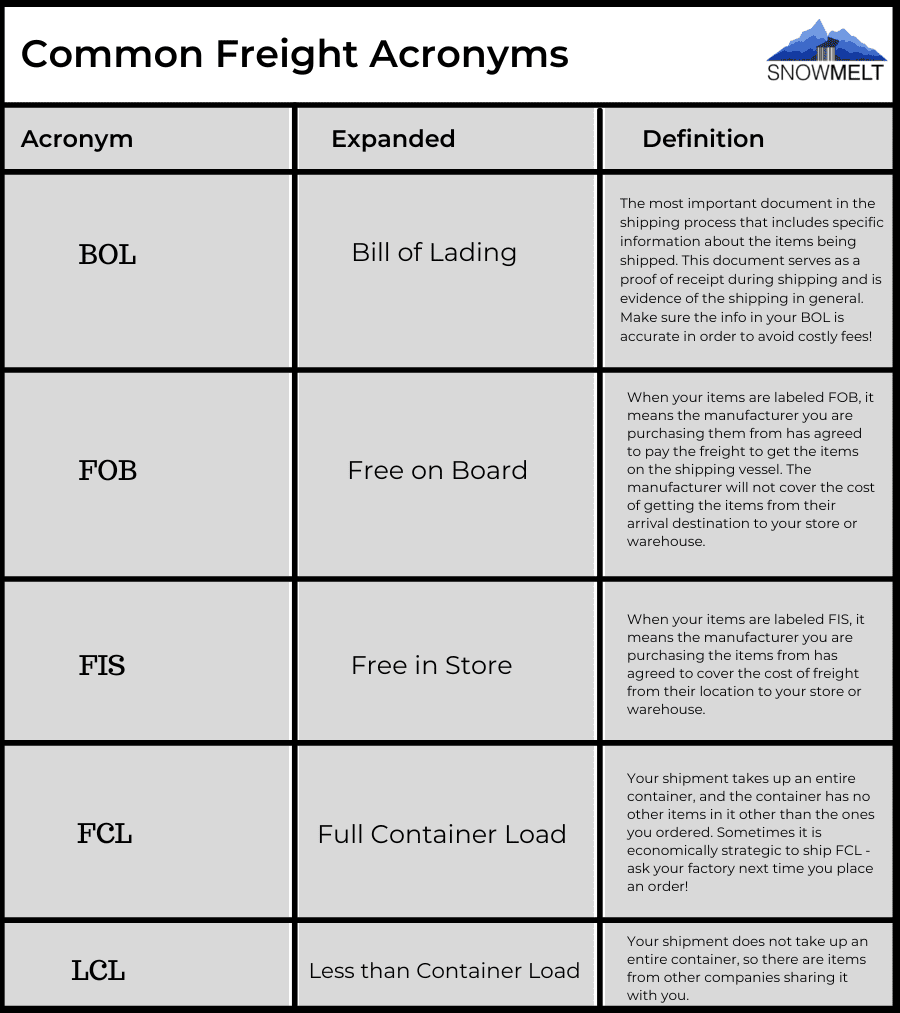In the world of quality assurance, it’s common for terms to get thrown around and overlap. After all, product requirements can be extremely complex. Here we’ll talk about the difference between Product Testing, Product Inspection, and Certification.
Quality assurance programs are developed to help ensure that products get to market on time and within a required specification. Checking a product to make sure it’s safe, it works, and it’s compliant with federal requirements, seems like a pretty simple concept. But the methods by which this is accomplished can often prove to be more complex. There are multiple decision points when establishing a QA program, such as:
-
Determining at which point in the supply chain an action should occur
-
Whether to rely on the factory, or hire a third party testing lab, to conduct testing activities
-
Understanding the regulatory and import requirements for your distribution region
At the core of any QA program, there are only a handful of types of actions that occur to help ensure a quality product, including, on-site inspection of goods, product testing, factory assessments, and certification.
Here’s a brief overview of each:
Product inspections are generally done either in-line by a factory worker or by a third party inspector who is contracted to inspect a specific lot of goods either during or after production. Inspections employ a statistical concept called an Acceptable Quality Limit (AQL). This allows for a certain number of defective units to be found within a lot. Inspections usually entail a quick review of the product, checking for basic functionality as well as any immediately visible visual defects. Inspectors may also employ hand held tools to gather information on the product (think tools that an inspector can easily carry into a factory like a moisture meter, measurement tools, etc.). The idea is to approve a specific lot of goods at a very high level.
Product Testing can be conducted either on-site, usually in a separately designated area of a factory or at a third party testing facility. This type of testing is more involved than a product inspection because it requires additional test fixtures or equipment. Testing also tends to be more expensive to conduct versus a product inspection and therefore is conducted on a very small number of units in a production lot.
Examples of this type of test include:
Federal requirements usually include some type of product testing and most retailers require some level of third party lab testing to be completed prior to selling a product. This is especially true of private label products.
Factory Assessments usually come in two flavors – Factory Preparedness Audits and Social Audits. These activities are not audits on specific products, but rather checks to make sure the factory itself is adequately prepared to manufacture your product.
Factory Preparedness Audits usually occur prior to the beginning of production, when a buyer needs to verify whether a supplier can manufacture the goods they say they can. This type of audit usually includes an independent review of production capabilities to ensure that a factory has documentation and systems in place to ensure good manufacturing practices.
Social Audits have recently become more prominent as cultural awareness around global employment practices has become more critical to brands and the customers they serve. These types of audits include a safety audit of the facility to make sure that it’s a safe place for workers, and also employee interviews and documentation audits, to ensure that fair wage practices are implemented, and in general that workers are treated fairly and labor laws are obeyed (child labor, work shift limits, etc.)
Through smart application of these QA activities, you can help ensure that your product is safe, compliant, and meets the customer’s needs when it comes to market.
Snowmelt can help you communicate your QA needs to your suppliers prior to production. Download Snowmelt today.







